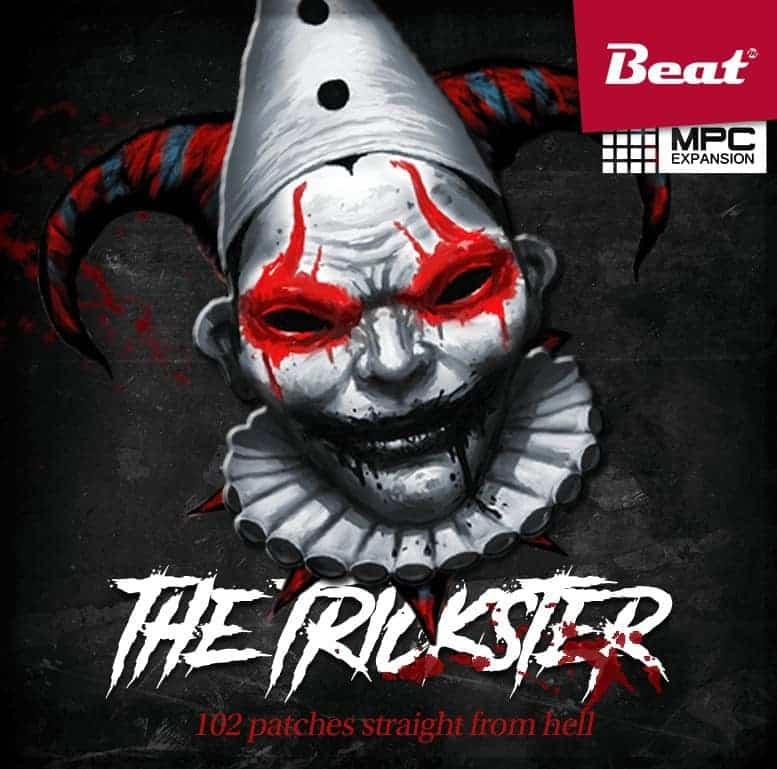



Do you not catch the tiny clamour, Busy click of an elfin hammer, Voice of the Lepracaun singing shrill As he merrily plies his trade?" Yeats offered an 18th-century poem by William Allingham titled "The Lepracaun Or, Fairy Shoemaker" which describes the sound: In his collection of Irish fairy and folk tales, W.B. In the case of the leprechaun, it's the tap-tap-tapping of his tiny cobbler hammer, driving nails into shoes, that announces they are near. Some entities - such as the Irish fairy banshee and the Hispanic spirit La Llorona - are said to emit a mournful wail signifying their presence. In the magical world, most spirits, fairies and other creatures have a distinctive sound that is associated with them. Returning almost instantly he found that every one of the numerous trees in the field sported a red garter!" Having no spade, the man marked the tree with one of his red garters, then kindly released the sprite and went for a spade. In her encyclopedia "Spirits, Fairies, Leprechauns, and Goblins," folklorist Carol Rose offers a typical tale of leprechaun trickery "concerning a man who managed to get a leprechaun to show him the bush in the field where his treasure was located. The leprechaun plays several roles in Irish folklore he is principally a roguish trickster figure who cannot be trusted and will deceive whenever possible. But dealing with leprechauns can be a tricky proposition. Leprechauns are usually said to be able to grant the person three wishes. According to Irish legends, people lucky enough to find a leprechaun and capture him (or, in some stories, steal his magical ring, coin or amulet) can barter his freedom for his treasure.


 0 kommentar(er)
0 kommentar(er)
